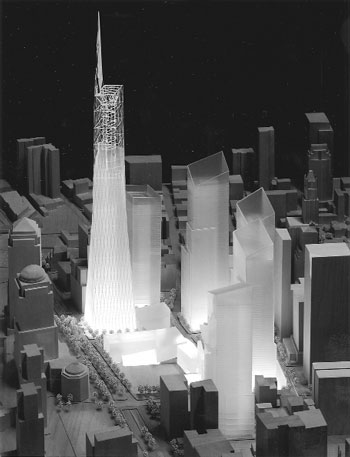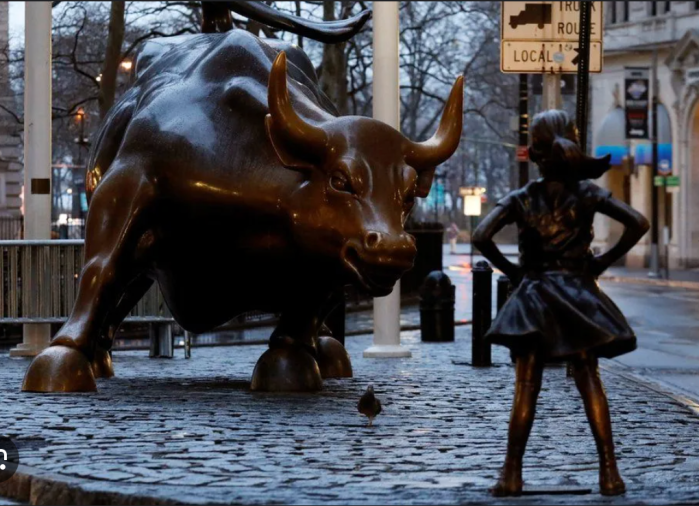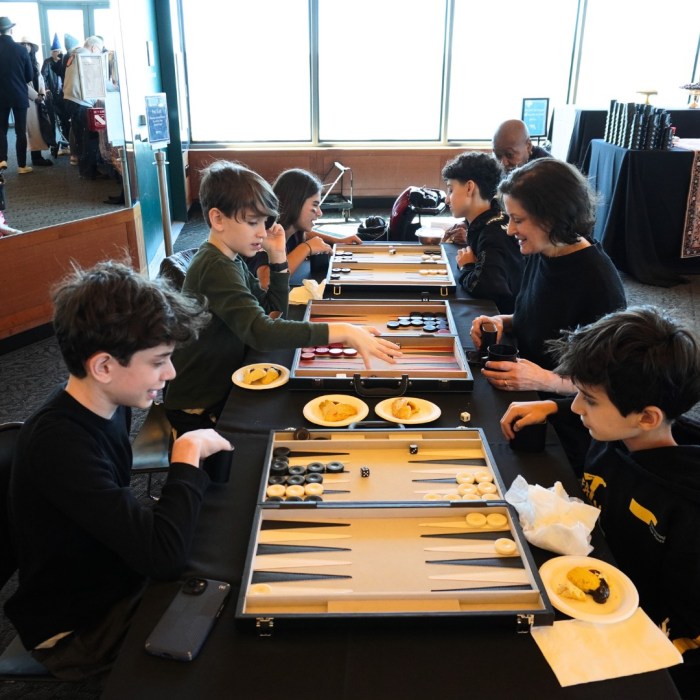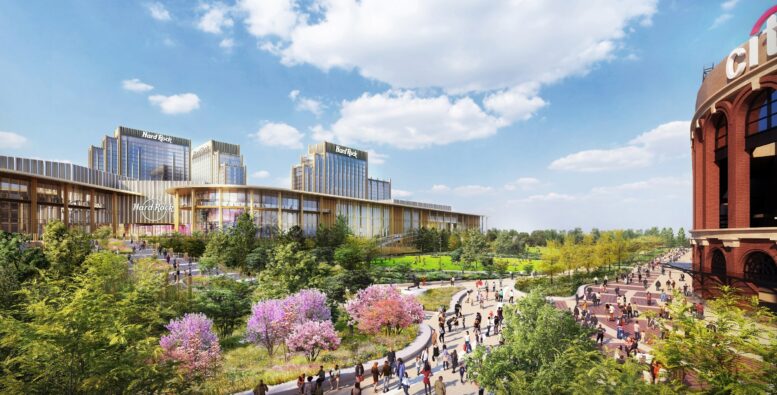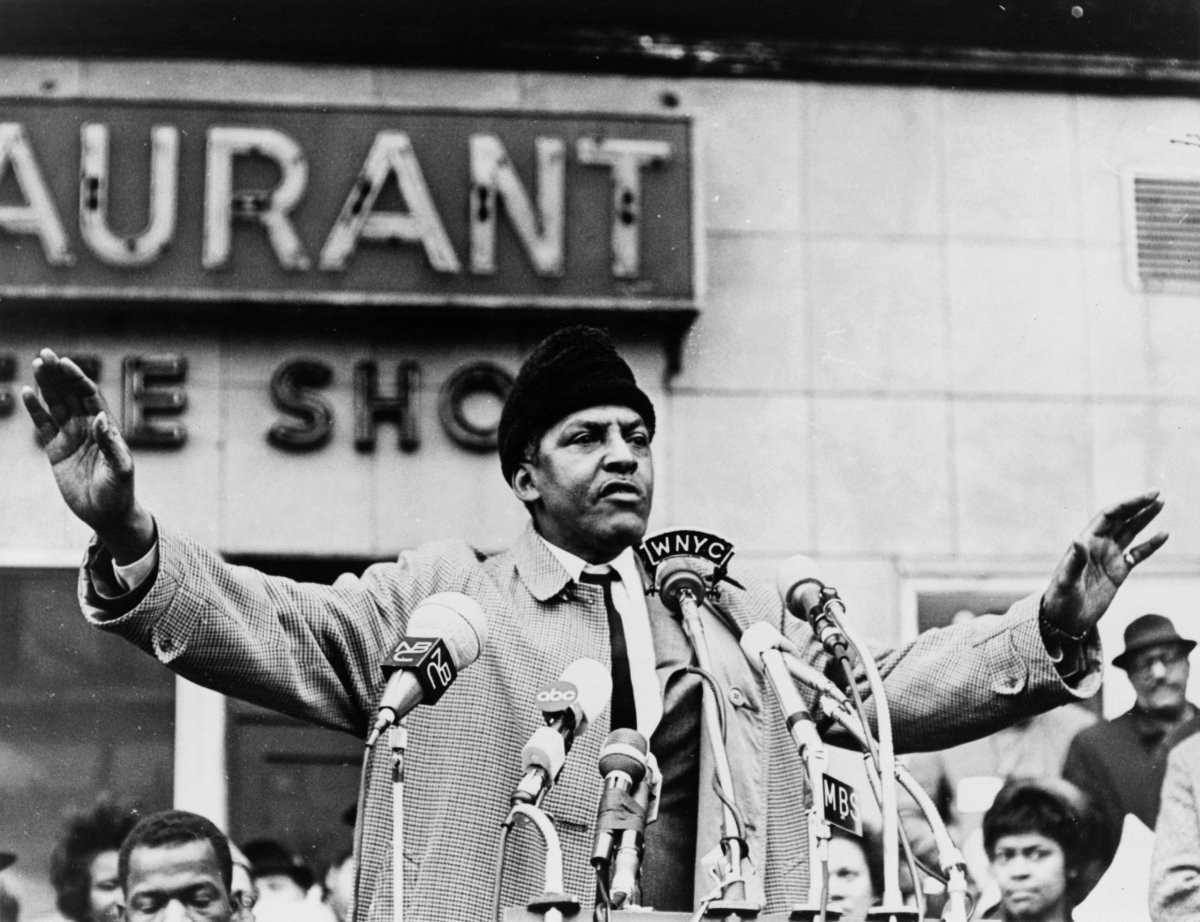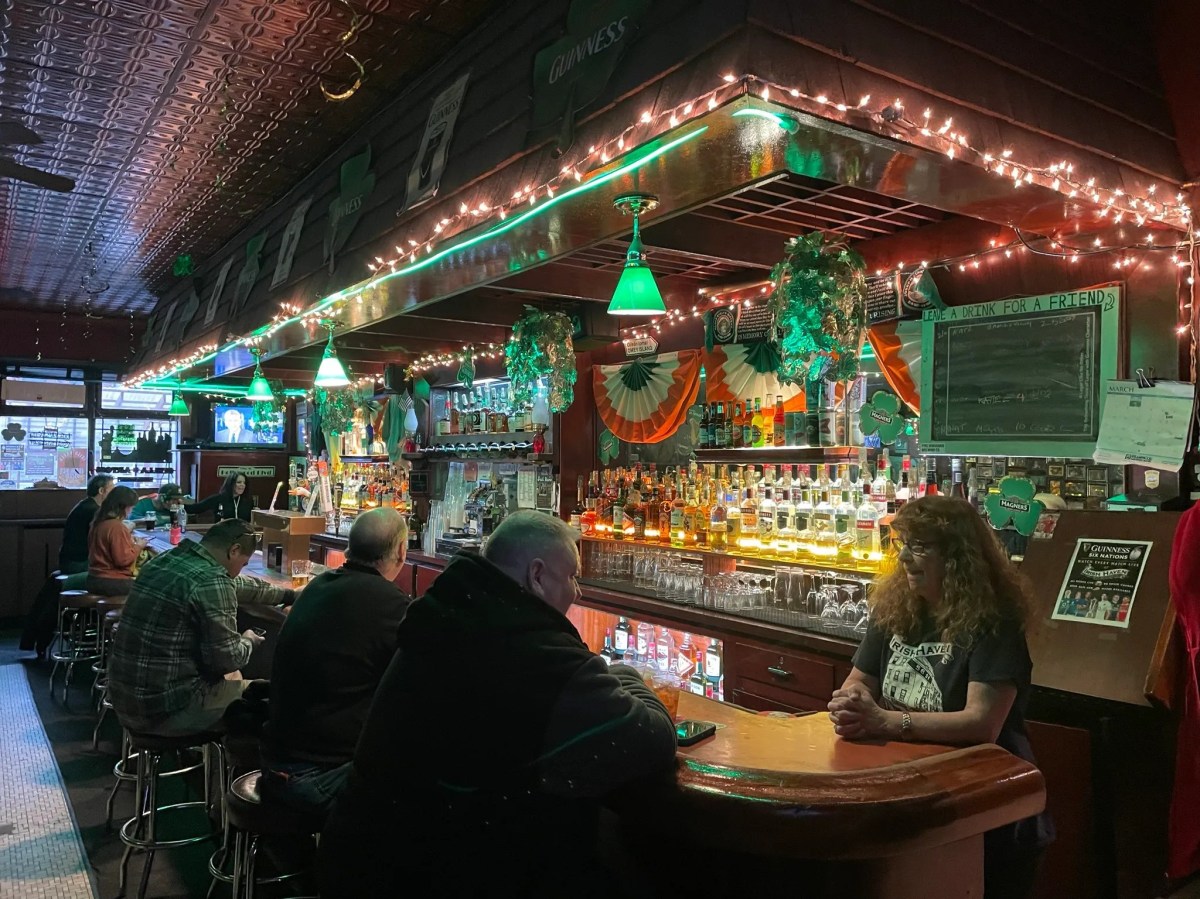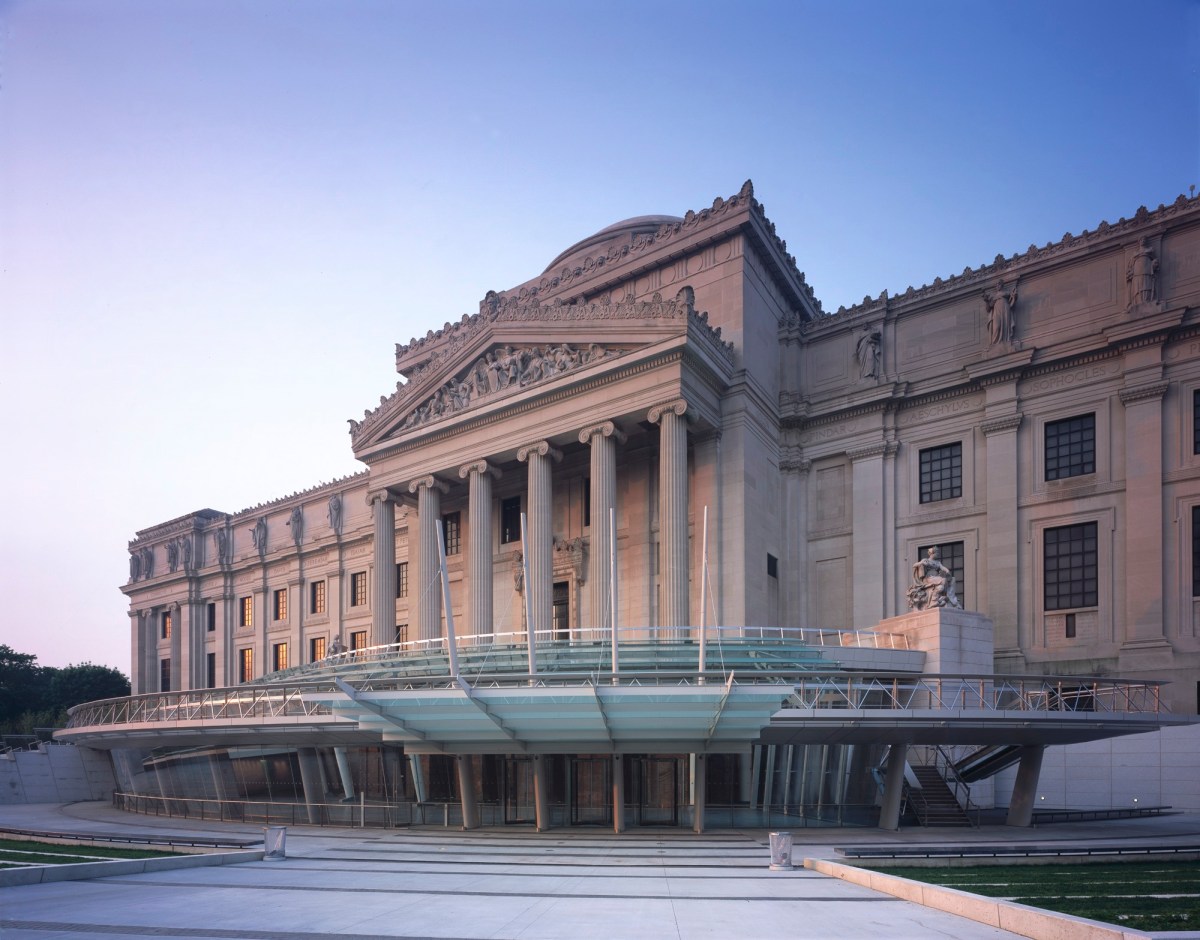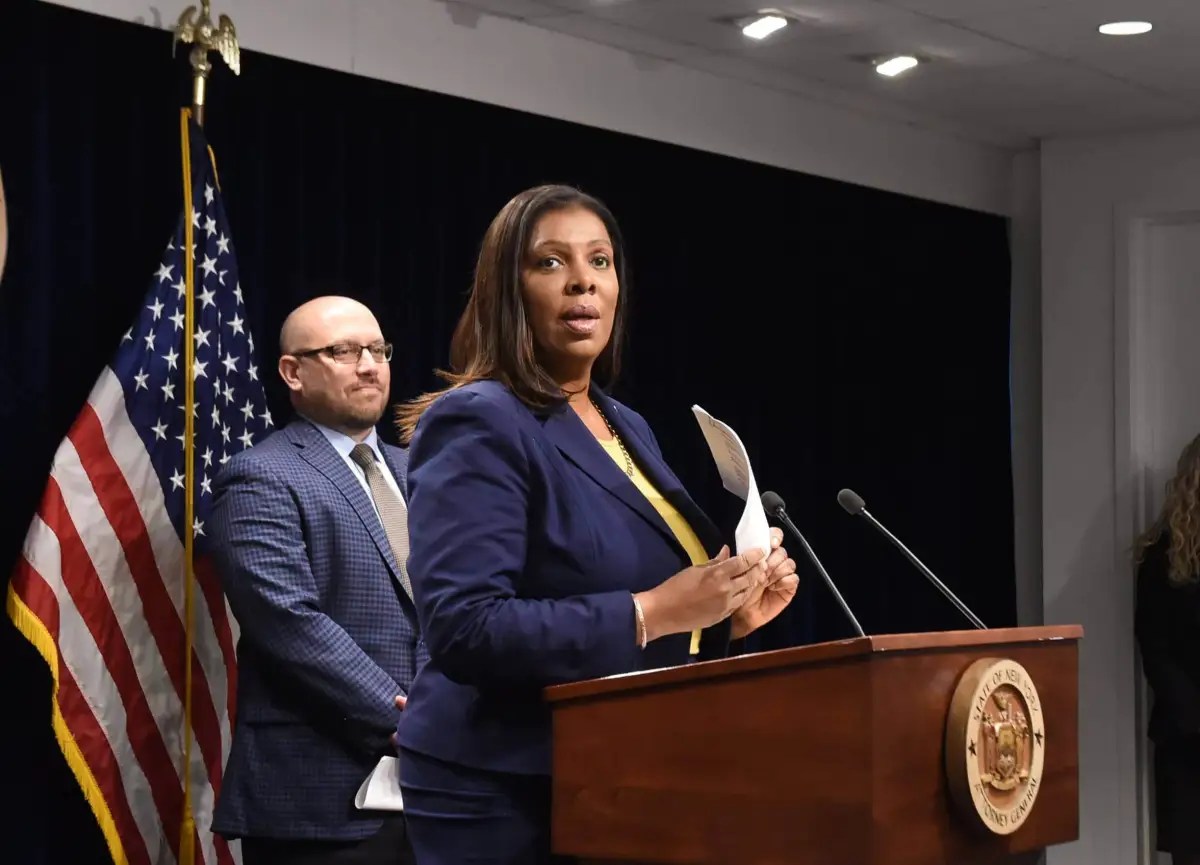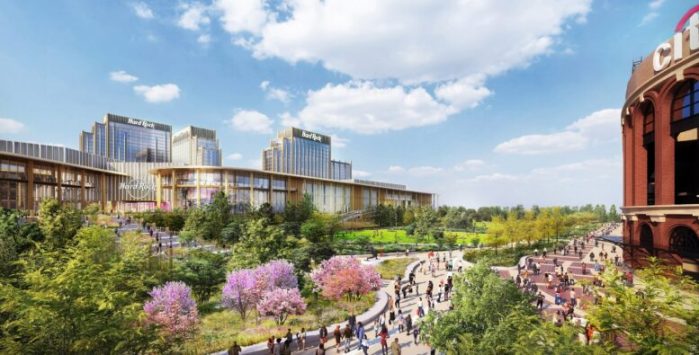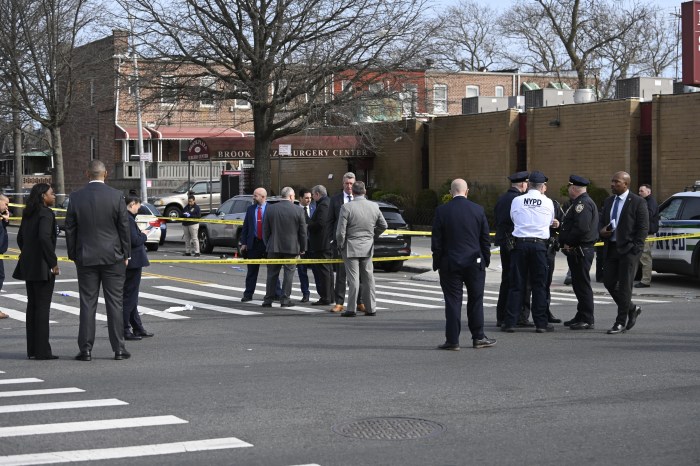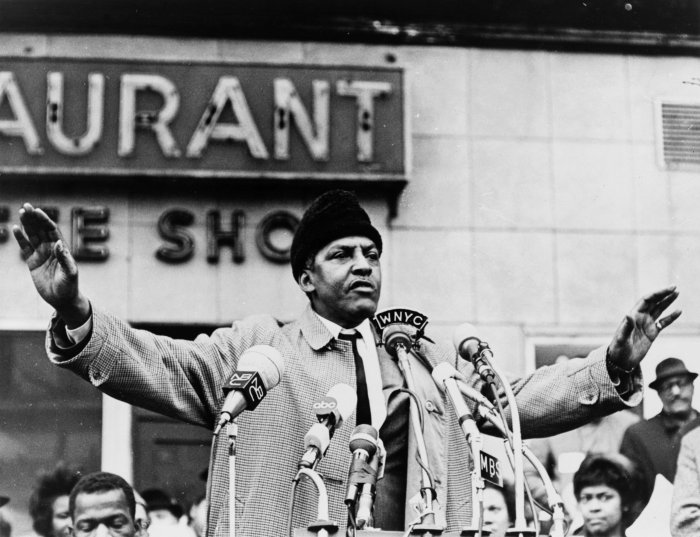By David Stanke
The design for the first office tower to rise from the World Trade Center site has succeeded in producing an important American symbol and a very appropriate response to the attacks of 9/11/01. It has done this, against the odds, in a most American way. The Freedom Tower is the product of a dogfight of egos, politics and business. There was neither an overwhelming mandate of principle nor straightforward hierarchy of authority. The result is a pragmatic building with a unique form, a corner stone of restoration holding aloft a symbolic representation of the most important issue of our age: energy. And floating above all of this, the opportunity for a public place with contemplative potential far beyond that offered by the memorial being designed on 4.5 adjacent acres to the south.
The success achieved is beyond what we could reasonably have expected. There is typically one person behind a work of brilliance in architecture, in art, and in politics. Others must be persuaded and inspired to understand the vision over time. This is the theory wisely applied by the Lower Manhattan Development Corp. in selecting one widely respected architect to design the transportation terminal two blocks to the east. But the design for the Freedom Tower was subject to political manipulation, general comment by a host of special interests, and a master plan that survived by applying a thin layer of sugarcoated marketing across the site. The specifics of the final design were left to cooperation of two architects: Daniel Libeskind, a political appointee, and David Childs, who was hired by a real estate developer, Larry Silverstein.
The first challenge successfully achieved was to establish the building’s height. Make no mistake; contrary to the public speeches, the Freedom Tower will not be the tallest building in the world. Occupied office space tops out at 1,150 feet, a height in the range of the Empire State Building. The rest is comprised of a 350-foot open-air structure and a 300-foot spire. Engineering this is not the same as supporting 650 feet of habitable space. The W.T.C. towers boldly carried their full footprints to their full height, creating a uniquely imposing form. The Freedom Tower whispers its way to its full height. To compare these towers on the basis of height is an insult to the originals.
But the way the building establishes its presence in the sky is symbolically important. On 9/11/01, America received a critical blow. It is an appealing concept, after being knocked down, to get right back up again. But we are still at war, and we are still exposed to heightened alerts. The response of the ego to build a taller building and to dare “them” to knock it down again is neither a wise nor a strong response. Living adjacent to the W.T.C. block and having witnessed 9/11 at close range, I am not as excited to define my neighborhood by the tallest building in the world as I once was. I would also never ask anyone else to work at the top of such a building, although many people would be willing.
Countries and individuals with something to prove build the tallest buildings in the world. The buildings are seldom economically successful. They are expensive statements of national or personal pride funded often on the backs of the public. It is an American strength that, in the midst of this war, our new building crouches a bit in a defensive posture. The stated height of 1776 feet is an attempt to conceal this obvious state of affairs, to ease the pride of the country into accepting something less than we once had.
America is essentially a pragmatic nation. We are not driven by religious ideals or ruled by arrogant dictators. We are driven by the principle that people should have a say in public issues that affect them and that individuals reap the rewards (and pay the price) for their own decisions. These principles are democracy and capitalism. These principles have produced a powerful and wealthy nation that is the ideal and envy of much of the world. We don’t need to draw artificial lines in the air to establish our worth. We can be just as successful at 1,200 feet as at 1,776 feet. This building respects our primary principles.
The second challenge was to establish a new skyline, despite a less imposing building. Aside from the pride they generate, tall buildings are beautiful and inspiring. Like mountains, they expand our awareness upwards. They bring atmospheric activity into an accessible frame of reference. They are beacons and position finders. The Freedom Tower fills all these needs with the open-air structure gently rising beyond the height of the original towers. This tower is a more organic and healing form than the original Libeskind version. The original tower was rigidly angled form with a crystalline-looking summit, punctuated with a sharp spire that accounted for most of the height. This tower spirals gracefully from the ground and tapers gently skyward into a porous structure that dissolves into the sky. The spire, still of dubious value, is less prominent and blends more naturally with the main structure.
The third challenge was to create true symbolism for the country. The positioning of wind turbine facilities at the top of this tower symbolizes the importance of energy for our country’s future and evokes the role of energy as the core cause of these attacks. Most of the symbolism of the Libeskind site plan and the memorial plans to date is intangible and obtuse in comparison. Even the name “Freedom Tower” is an arbitrary association to a principle that is in no way reflected in the architecture of the building. The Park of Heroes is just a park in name only. It is a smallish park with no real symbolism. In fact, all of the symbolism in the W.T.C. plans to date has required an explanation sheet. But the symbolism of an energy production facility elevated to the highest point of our city speaks for itself. Surprisingly, this symbolism has not been broadly proclaimed.
The towers of the W.T.C. were attacked and destroyed by a vastly inferior enemy making a thinly veiled attempt to gain control of the energy riches of the Middle East. To ensure access to this energy, the U.S. has established a history of supporting governments contrary to our own principles. Any leader who could guarantee us access to oil at reasonable rates has been eligible for our support. These governments bought off or repressed the resulting opposition while prospering obscenely.
Over time, the temptation for outsiders to fight for control of these resources has grown and the oppressed populations have served as a fertile ground for recruits to rebellion. Injustice is inherently unstable.
Despite this, our only national energy policy is a stopgap measure to explore more remote wilderness lands to postpone our dependence on foreign oil. Now, in the absence of a national energy policy from Washington, a capitalist has installed an energy producing facility on the most visible site in our country. Squarely facing and addressing our energy issues is the only way that we will ever build the tallest building in the world in this country. If our politicians in Washington can see as far as Downtown New York, perhaps they will understand the symbolism.
Finally, beyond hopes, the Freedom Tower includes the possibility of a public viewing platform atop the windmill facility. This platform would be slightly higher than the original towers. It has been surprising that the vocal family members, and especially the 9/11 Coalition of Families, have lobbied so hard to control redevelopment at ground level and below while hardly ever recognizing the importance to many of a place in the sky for contemplation and healing. Some have gone so far as to say they are not interested in the buildings because rebuilding is morally wrong. Despite this, many people directly impacted by the attacks, both relatives of victims and survivors, will want to take this sojourn, perhaps regularly.
What venue could be more moving than one looking over the city from the height of the original towers? From this perspective, we will not need designers to create a captivating space. The light will come from the sun, the moon and the clouds. The water will come from the rain and the snow and from the rivers surrounding Manhattan. The stone will be seen in the buildings of the ages below in the city. No memorial artist will create a more compelling experience. No one will be able to recreate the feeling of looking down from that tower. The top floors of the freedom tower will become the primary focus of the pilgrimage to the W.T.C. and its most powerful contemplative space.
David Childs has produced a building that may mark the turning point in the rebirth of the W.T.C. Gov. Pataki has clearly made some moves indicating his awareness of the need to move quickly. He has tilted the balance of control in favor of people who will make responsible decisions. Decisions are beginning to be made by those with a stake in and connection to the future of the site. The first building promises to be an elegant landmark with potent symbolism, pragmatic functionality, and a place of reflective importance.
David Stanke owns a condominium across the street from the W.T.C. site and is one of the founders of BPC United.
Reader Services



